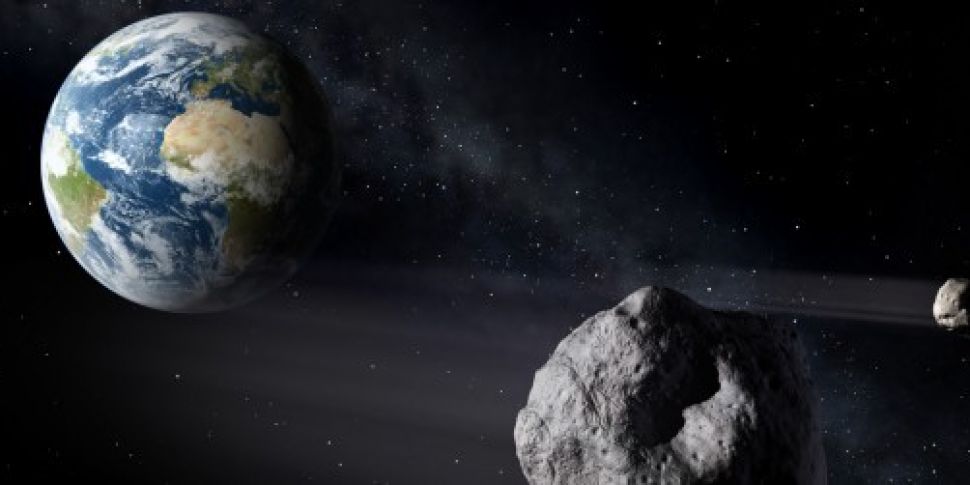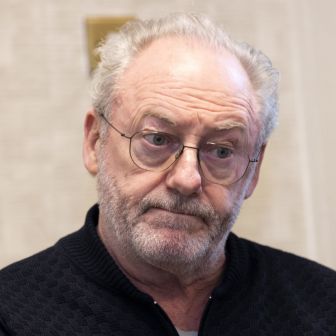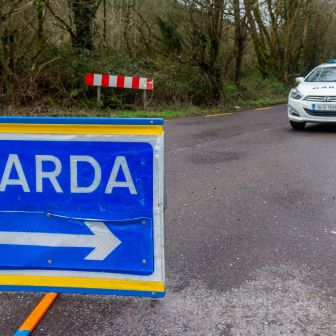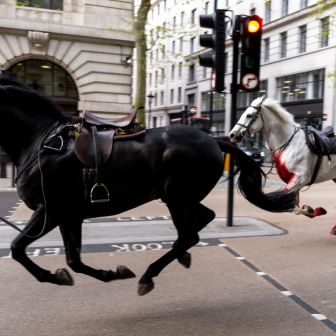Scientists are warning that it is “just a matter of time” until an asteroid strikes planet Earth.
Today is International Asteroid Day – which highlights the potential threat facing the planet and marking the anniversary of the 1908 Tunguska strike in Siberia, devastating nearly 1,300 square kilometres of forest.
NASA is marking the event with a special live broadcast today featuring scientists including Professor Brian Cox and astronauts such as Apollo 9 veteran Rusty Schweickart and former International Space Station (ISS) resident Nicole Stott.
The special broadcast will feature the agency’s Planetary Defence Coordination Office and other projects working to find Near-Earth Objects (NEOs) – comets and asteroids that pass within the Earth’s celestial neighbourhood.
Video: asteroidday.org
Speaking ahead of the event, Professor Alan Fitzsimmons of Queen’s University Belfast’s (QUB) Astrophysics Research Centre said it is a case of “when an asteroid collision will happen, rather than if it will happen.”
Professor Fitzsimmons said a strike similar in size to that which hit Siberia some 109 years ago today could easily destroy a major city - and a larger asteroid could be far more dangerous.
“It is important to know that scientists and engineers have made great strides in detecting Near-Earth Asteroids and understanding the threat posed by them,” he said.
“Over 1,800 potentially hazardous objects have been discovered so far, but there are many more waiting to be found.
“Astronomers find Near-Earth Asteroids every day and most are harmless.
“But it is still possible the next Tunguska would take us by surprise, and although we are much better at finding larger asteroids - that does us no good if we are not prepared to do something about them.”
Apophis
NASA has calculated that the Apophis asteroid – named after the Egyptian god of destruction and evil – will pass Earth at less than ten times the distance of the moon 12 years from now.
While there is no cause for panic – the massive 1,000 foot wide rock will still be nearly 30,000km away – it is startling close in celestial terms.
While the space agency has also ruled out a collision the next time the rock drops by our neighbourhood in 2036 – longer term calculations are more difficult, with intense solar rays potentially capable of changing the rocks trajectory.
However it is potentially undiscovered objects that are cause for the most concern.
The space agency is confident that it has discovered approximately 90% of NEOs of a kilometre of more in diameter – however, smaller objects can easily slip through the net, as commuters in Russia discovered in 2013:
Professor Fitzsimmons is a member of the NEOshield-2 project which is studying ways to deflect dangerous asteroids.
Queen’s University meanwhile, is a partner Pan-STARRS project in Hawai’i – billed as the most successful asteroid hunter currently in operation – as well as the Large Synoptic Survey Telescope project.
You can follow the International Asteroid Day broadcast above – and experts will be answering questions from followers via social media.









